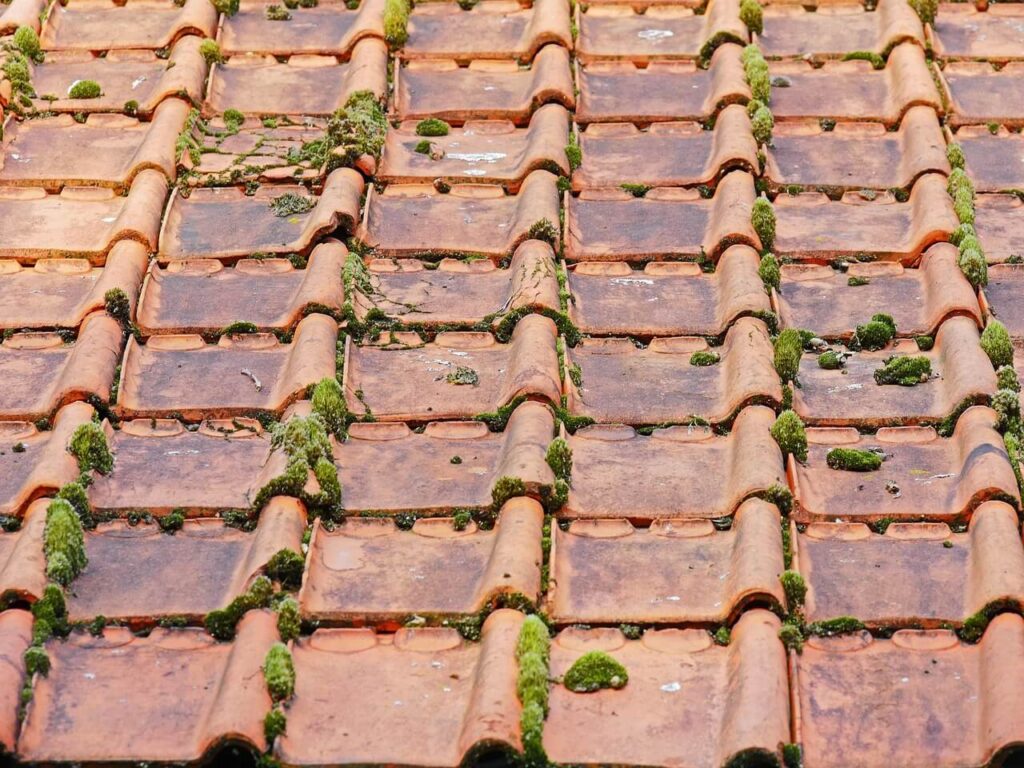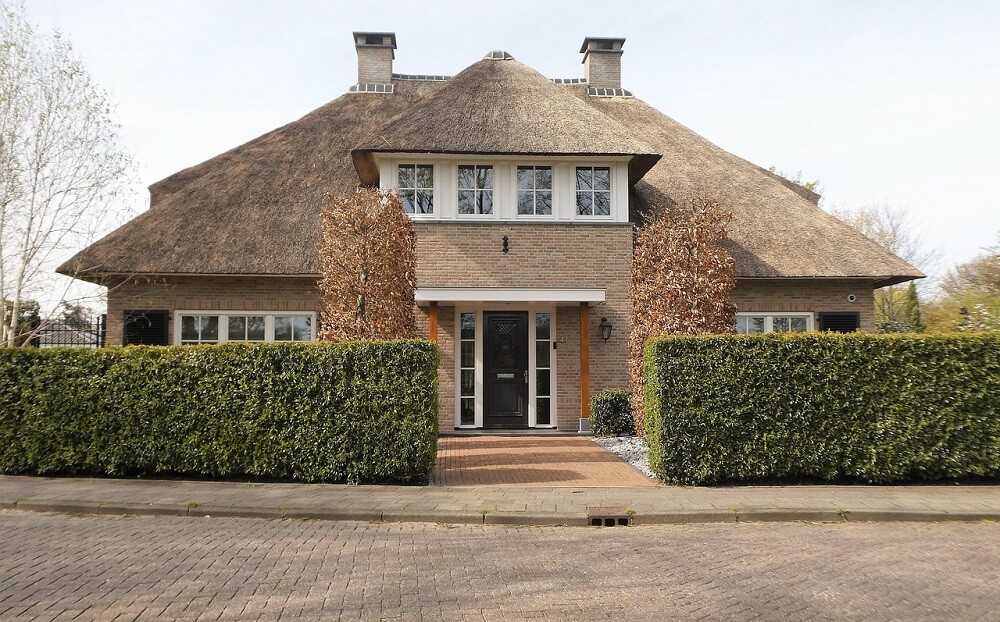When embarking on a commercial roofing project, selecting the appropriate roofing material is paramount. The variety of roofing materials available can be overwhelming, each with its distinct set of advantages and drawbacks. Traditional materials like asphalt shingles and wood shingles offer economical solutions but may lack the longevity and durability required in commercial settings. For instance, asphalt shingles are easy to install and affordable, but they have a shorter lifespan and might not withstand harsh weather conditions as commercial buildings require. On the other hand, metal roofing systems, including steel, aluminum, and copper, offer remarkable durability and energy efficiency, making them an increasingly popular choice. Their ability to withstand adverse weather conditions, resist corrosion, and reflect heat contributes to their longevity sometimes exceeding 50 years, provided that maintenance is appropriately managed.
Another evolving option is TPO (Thermoplastic Olefin) roofing, which skirts the line between affordability and performance. TPO is well-regarded for its heat-reflective properties and energy efficiency, making it an eco-friendly option. However, while it provides a good balance of cost and performance, its lifespan is usually shorter than that of metal roofing. Additionally, some recent materials like PVC (Polyvinyl Chloride) roofing systems are gaining traction due to their excellent waterproofing capabilities and resistance to chemical damage, proving to be beneficial for environments exposed to heavy foot traffic and harsh chemicals.
Ultimately, the decision should hinge on several factors including budget, building use, local climate, and desired aesthetic, making an informed choice essential for long-term satisfaction.
The Role of Climate in Material Selection
Climate plays a pivotal role in selecting the appropriate roofing material, as effectively managing weather-related stresses can significantly enhance your roof’s performance and lifespan. For instance, in regions subject to extreme heat, light-colored roofing materials can provide thermal comfort and energy savings by reflecting sunlight and reducing heat absorption. Conversely, in colder climates, materials with higher insulation values can prevent heat loss, which not only keeps utility costs down but also reduces the risk of ice dam formation a serious concern that can lead to significant roof damage.
In areas prone to high winds or severe storms, a more robust roofing option such as metal roofs or modified bitumen can be advisable, as these materials can withstand high wind speeds and minimize the risk of damage from flying debris. Additionally, regions with considerable rainfall necessitate roofing solutions with excellent drainage capabilities, making choices like flat roofing systems with built-in drainage systems or pitched roofs positioned with appropriate slopes essential. Awareness of regional climate patterns can guide property owners toward making informed decisions that offer protection from the elements and help capitalize on energy efficiency.
Innovative Materials: What’s New in Commercial Roofing?
The commercial roofing industry is witnessing constant evolution with the introduction of innovative materials, reflecting advancements in technology and an increasing emphasis on sustainability. One of the most notable innovations is the development of green or living roofs, where vegetation is integrated into the roofing system. These roofs not only enhance aesthetic appeal but also provide superior insulation, help alleviate urban heat islands, and promote biodiversity. Another emerging trend is the use of solar shingles, which combine traditional roofing functions with advanced photovoltaic technology, allowing building owners to generate clean energy while maintaining an attractive roofline.
Additionally, advancements in synthetic roofing membranes have led to options that offer the benefits of traditional materials with significantly lower environmental impact. For example, the latest high-performance TPO and PVC membranes showcase improved mechanical properties, puncture resistance, and lower environmental toxicity than previous generations. These innovative materials ensure longevity and effectiveness while also promoting sustainability in construction practices.
Identifying Common Commercial Roofing Problems
Signs Your Roof Needs Immediate Attention
Recognizing the early indicators of roofing issues is crucial to preserving the integrity of a commercial building. Common signs that your roof may require immediate attention include visible water stains on ceilings or walls, which often indicate potential leaks or roof membrane breaches. The presence of mold or mildew also signifies prolonged moisture, suggesting that water is trapped within the roofing system and can lead to further structural damage. Moreover, the appearance of missing or damaged shingles or membrane can reduce a roof’s ability to protect against the elements, warranting timely repair or replacement.
Inspecting the roof surface regularly can also reveal other warning signs such as blistering, which indicates trapped moisture, and ponding water, where water accumulates on the surface instead of draining appropriately. Both issues can lead to significant deterioration if left unaddressed. Periodic roof inspections performed by experienced professionals are essential to detect these symptoms before they escalate into more severe problems and costly repairs.
How Weather Influences Roof Longevity
The longevity of a commercial roof is heavily influenced by weather patterns, including temperature fluctuations, humidity levels, and exposure to elements like hail, rain, and ultraviolet (UV) radiation. High temperatures can cause roofing materials to expand, while rapid cooling can lead to contraction, potentially resulting in cracking or weakening of the material over time. In excessively humid environments, mold and algae can proliferate, adversely affecting roofing materials and leading to premature deterioration.
Weather-related damage can also manifest during severe storms. Hail can create dents or punctures in roofing surfaces, while strong winds may lift or detach roofing elements. Understanding the specific weather challenges faced by your location can guide property owners in proactively addressing vulnerabilities in their roofs. For instance, reinforcing weak spots with additional fastening systems or selecting materials specifically designed to withstand harsh weather conditions may extend a roof’s lifespan considerably.
The Cost of Neglect: What Happens When Issues Are Ignored
Failing to address roofing issues promptly can lead to grave consequences that culminate in significant financial burdens. The initial costs associated with inspections, minor repairs, and preventative maintenance pale in comparison to the expenses incurred from major repairs or full roof replacements resulting from overlooking small issues. Water damage is one of the most common consequences of an ignored leak; it can compromise not only the roof but also the underlying structural integrity, insulation, and interior finishes. Repairing water damage may escalate into tens of thousands of dollars, not to mention the operational disruptions and potential loss of revenue during lengthy repair processes.
Additionally, prolonged neglect often results in lower energy efficiency, leading to inflated utility costs as the HVAC system works harder to regulate temperatures in a compromised environment. Beyond immediate financial repercussions, ignored roofing problems can adversely affect a building’s overall value and may deter potential tenants or buyers if the roof shows visible signs of wear and deterioration. Prioritizing timely maintenance can prevent these cascading issues and protect both investment and peace of mind.
Preventative Maintenance: The Key to Longevity
Creating a Robust Maintenance Schedule
Implementing a comprehensive maintenance schedule for a commercial roof is crucial for optimizing its performance and longevity. The first step in this process is conducting an initial inspection to establish a baseline assessment of the roof’s condition. This assessment can identify existing issues and inform maintenance strategies moving forward. Once this baseline is established, it is recommended to schedule subsequent inspections at least twice a year and following significant weather events.
During these inspections, it is essential to check for common issues, such as debris accumulation, damaged flashing, and ponding water, and address them immediately. Recording these inspections, along with documenting repairs performed, provides a robust history of the roof’s condition and informs future maintenance decisions. In addition to routine inspections, proactive measures such as cleaning drainage systems, sealing seams, and applying protective coatings will help mitigate age-related deterioration and extend the roof’s lifespan.
The Value of Professional Inspections: When to Call the Experts
While property management teams may handle routine maintenance, enlisting professional roofing inspectors is essential for thorough evaluations. Roofing professionals have specialized knowledge and skills that enable them to identify issues that may go unnoticed by untrained eyes. They can also evaluate the overall system’s performance and provide recommendations based on current building codes and best practices. Generally, it is advisable to consult experts at least twice a year, as well as after severe weather events, to ensure that any emerging issues are addressed before they escalate into more severe problems.
Certain signs, such as extensive leaks, extensive damage during inspections, or extensive age-related wear, are clear indicators that it’s time to call in professionals. Experts will not only diagnose issues but also recommend preventative measures and improvements to enhance your roof’s performance and lifespan. The investment in professional inspections can yield significant cost savings in the long run, particularly when compared to the potential expenses of emergency repairs or total roof replacements.
DIY Maintenance Tips for the Proactive Business Owner
For proactive business owners keen on ensuring the longevity of their roofs, several DIY maintenance strategies can be beneficial. First and foremost, maintaining clear and functional gutters and drainage systems is imperative. Regularly removing leaves, debris, and other blockages helps prevent water pooling, which can lead to leaks and structural damage. Additionally, inspecting and securing rooftop equipment, such as HVAC units and antennas, will prevent potential damage to both the roof and the secured mechanisms during severe weather.
Many business owners may also find it beneficial to document any significant changes in energy costs or sudden leaks, as these could indicate underlying roofing problems. Furthermore, it is advised to regularly assess the interior of the building for signs such as peeling paint, dark spots on ceilings, or suspected moisture issues from below, as these may point to an inevitable roofing problem. Engaging in these preventative practices equips business owners with essential information to improve long-term decision-making, relating to their commercial roofing investments.
Understanding the Commercial Roofing Installation Process

Choosing the Right Contractor: What to Look For
Selecting the right contractor for your commercial roofing installation is a foundational step that requires careful consideration. One key element to evaluate is the contractor’s expertise and experience in the specific type of roofing system intended for installation. Engaging contractors who offer professional commercial roofing services rather than residential ones ensures a deeper understanding of critical building codes and the material intricacies required for durability in commercial applications.
Furthermore, obtaining references from previous clients and reviewing feedback can provide invaluable insights into the contractor’s professionalism and workmanship. Verifying licensing, insurance, and bonding is also essential to protect against potential liabilities. A reputable contractor providing commercial roofing services will be willing to share examples of completed projects and present clear contracts outlining project specifications, timelines, and warranty information. This transparency fosters trust and gives you a thorough understanding of the services offered.
The Steps Involved from Start to Finish
The actual installation process of a commercial roofing system can be broken down into several critical phases, beginning with an initial assessment of existing conditions and determining the necessary removal of old materials. Following this, the construction team must prepare the area, which includes structural reinforcements when required, installing waterproof barriers, and ensuring the roof deck is adequately prepped and secure.
Once preparations are complete, the contractor will lay the chosen roofing material, whether that be a membrane system, shingles, or a green roof setup. Play a significant role in ensuring that all seams are sealed correctly per the manufacturer specifications to ensure that no water infiltration occurs. Throughout the installation, specific safety protocols and building codes must be adhered to, emphasizing the importance of having a knowledgeable and experienced team on-site. Finally, an essential walkthrough and inspection take place to ensure that every detail of the installation is met before concluding the project.
Post-Installation: Ensuring Your Roof’s Performance
Post-installation, the contractor should provide guidance on the recommended maintenance practices specific to the new roofing system. Business owners must maintain consistent communication with their contractors regarding warranty provisions and service expectations. Schedule regular inspection appointments to ensure performance levels remain high, catching issues before they manifest into more considerable problems. A proactive mindset toward maintenance can reinforce the integrity of the new roof, protecting the investment and allowing it to serve its intended purpose for many years to come.
Moreover, documenting all maintenance activities and inspections can prove helpful in warranty claims should any issues arise. Always keep an open line for communication with your roofing contractor to adapt necessary improvements as required, laying a solid foundation for a long-lasting partnership in safeguarding your commercial roof.




